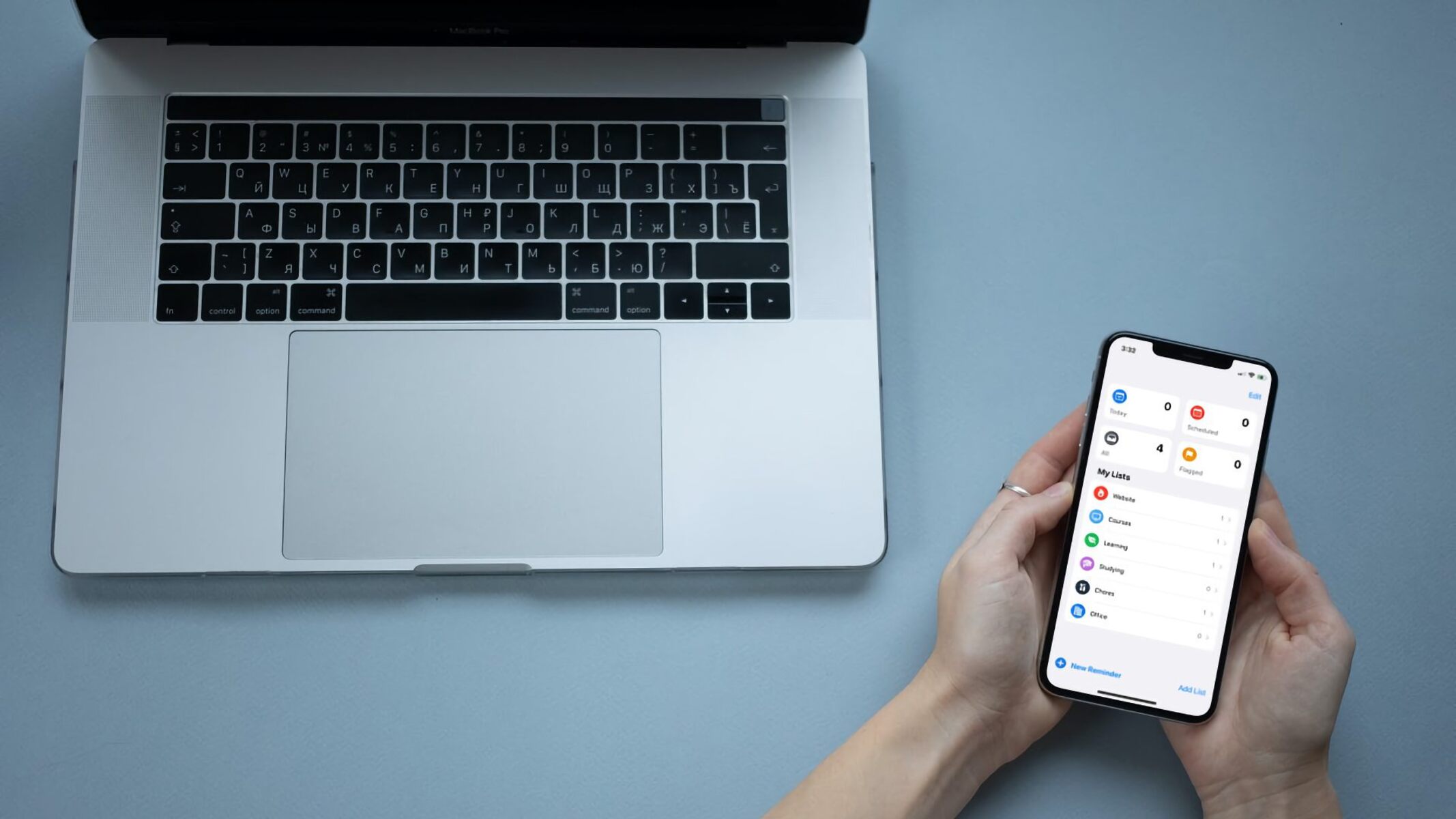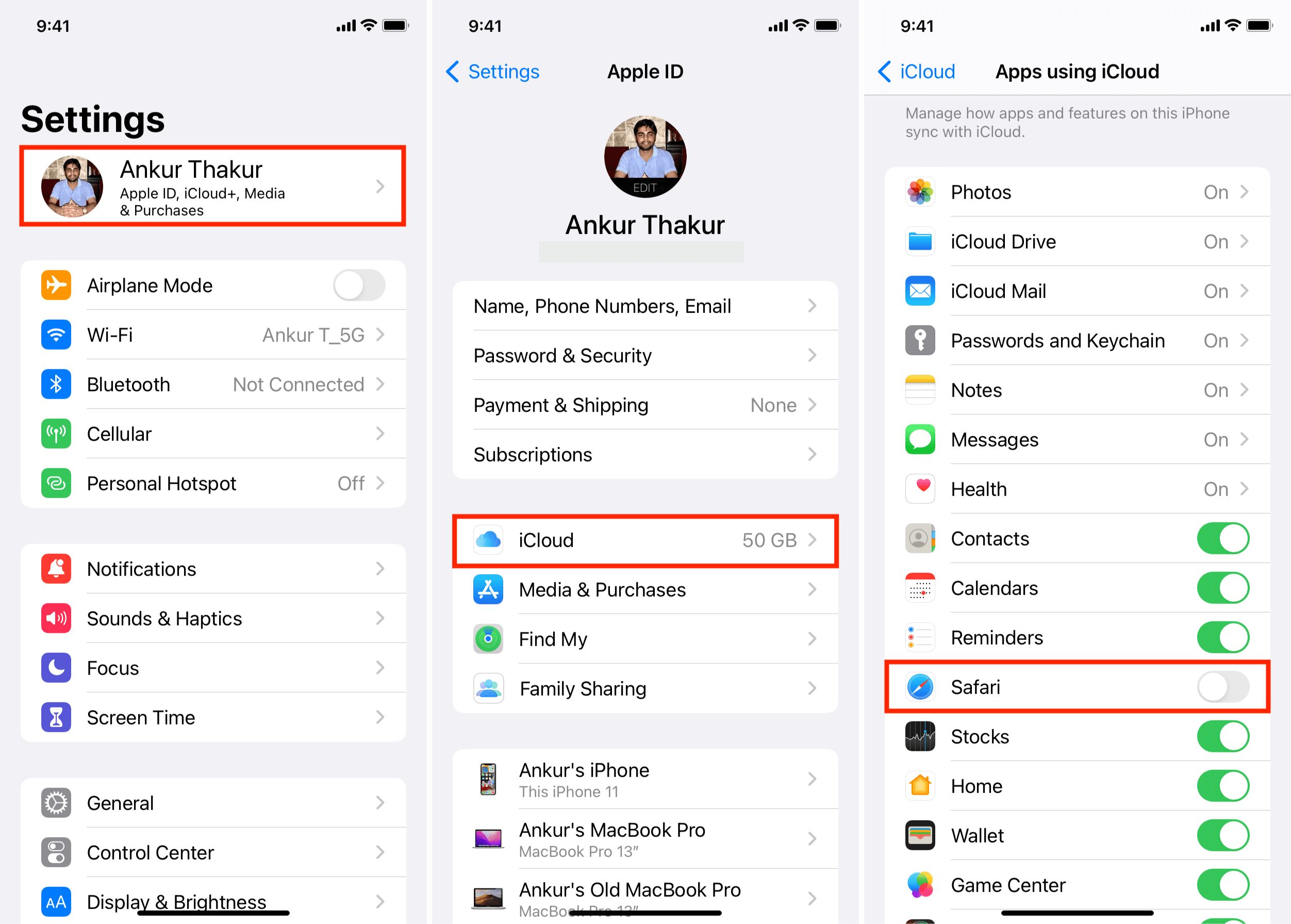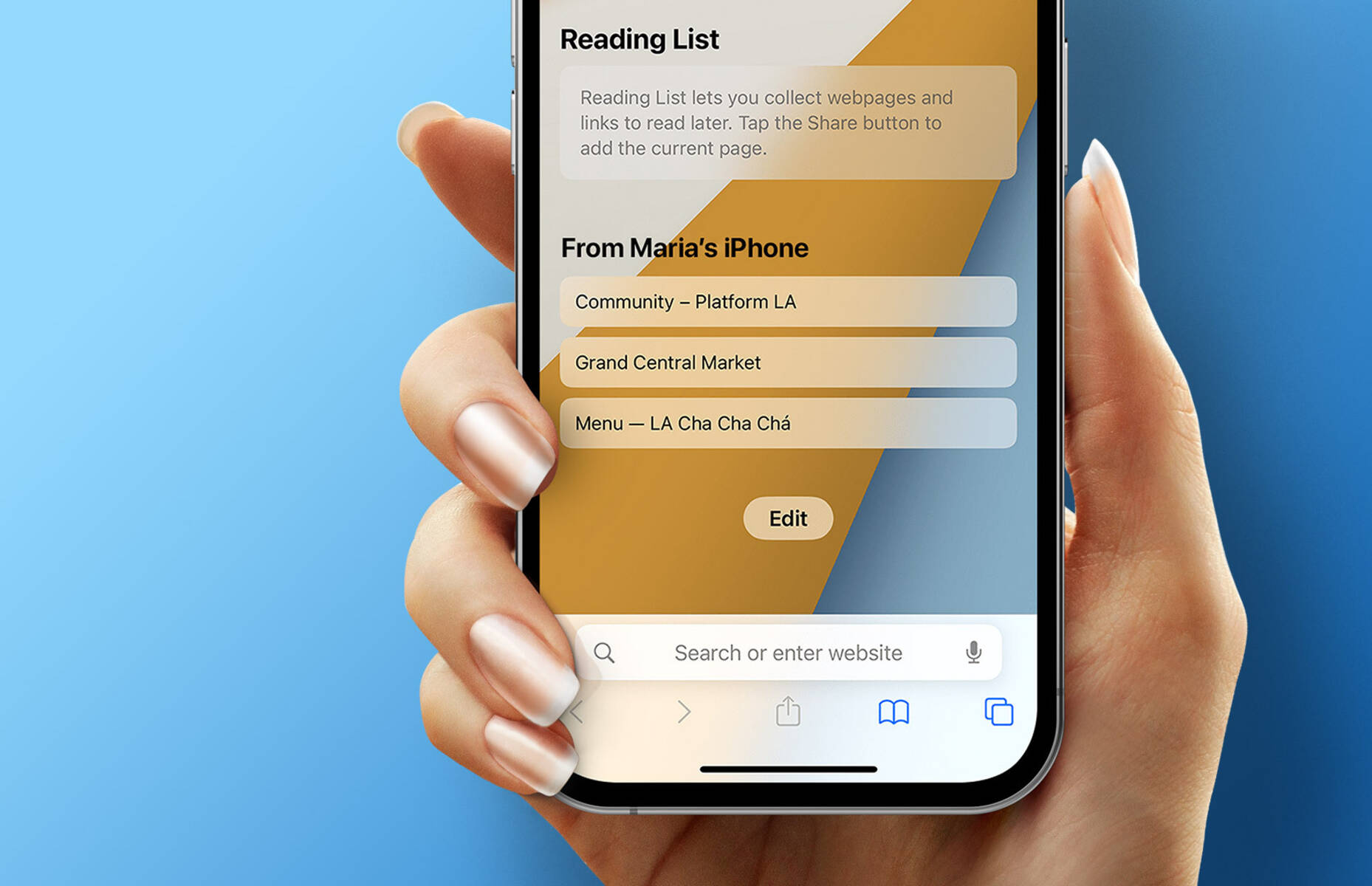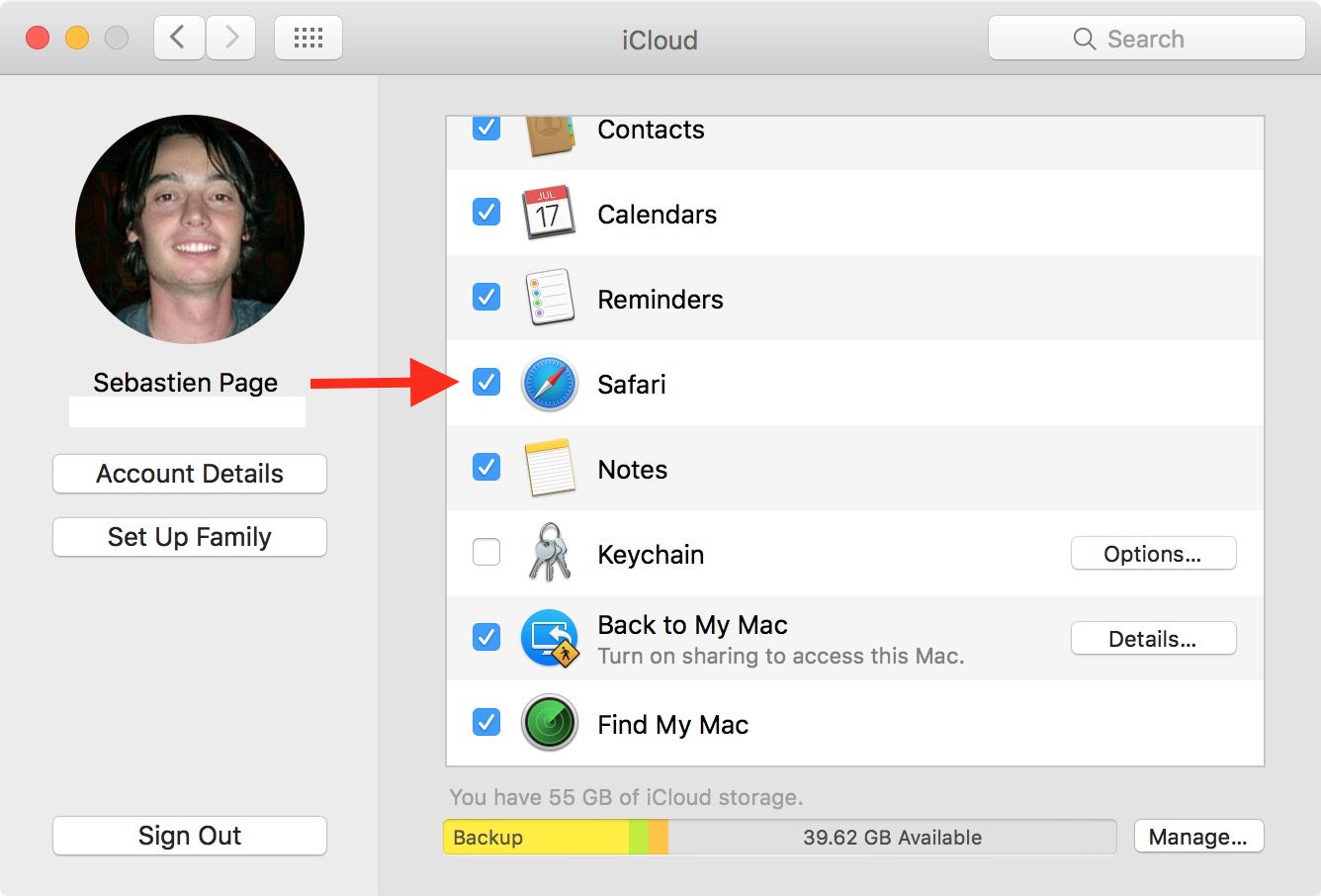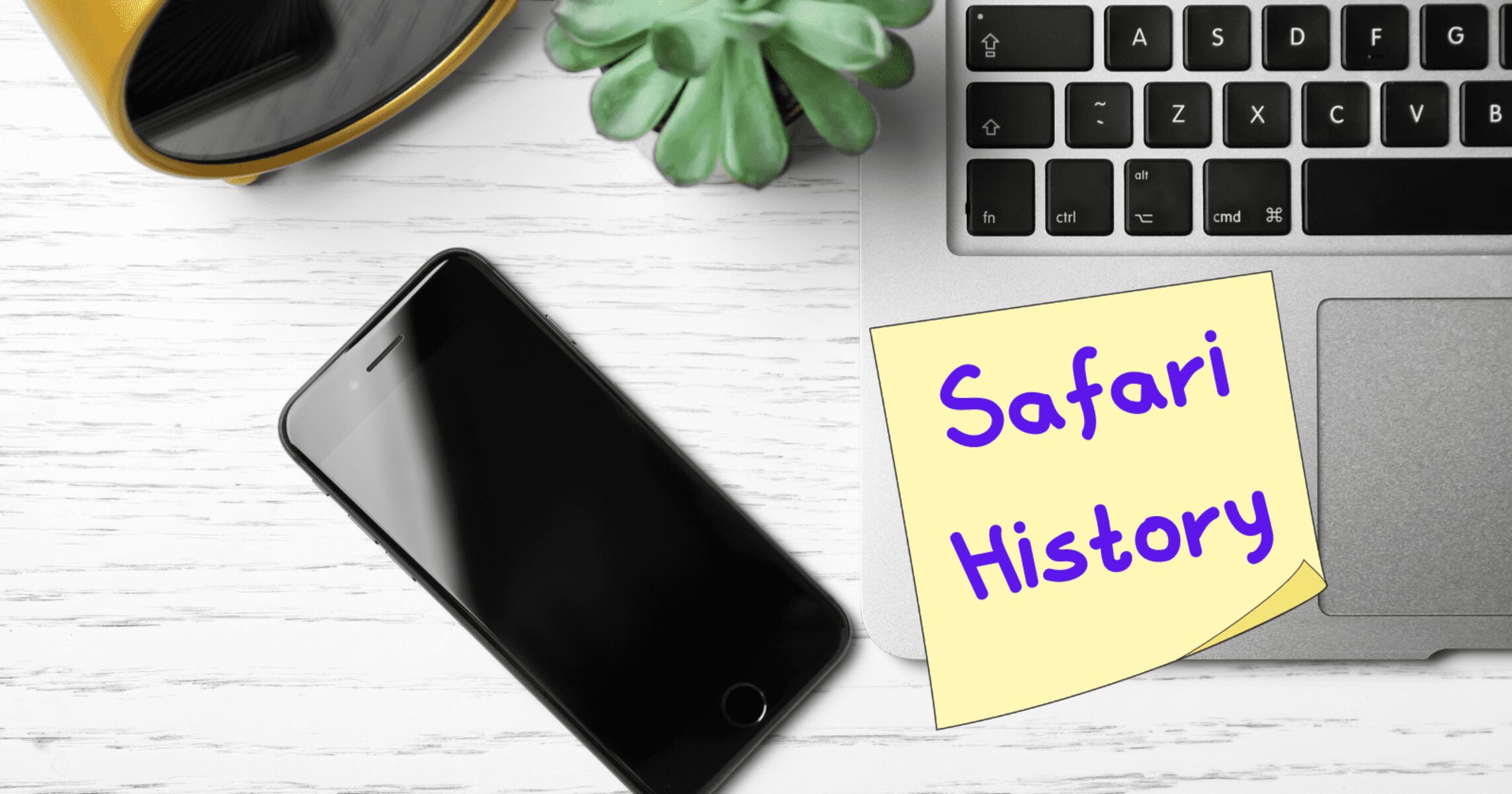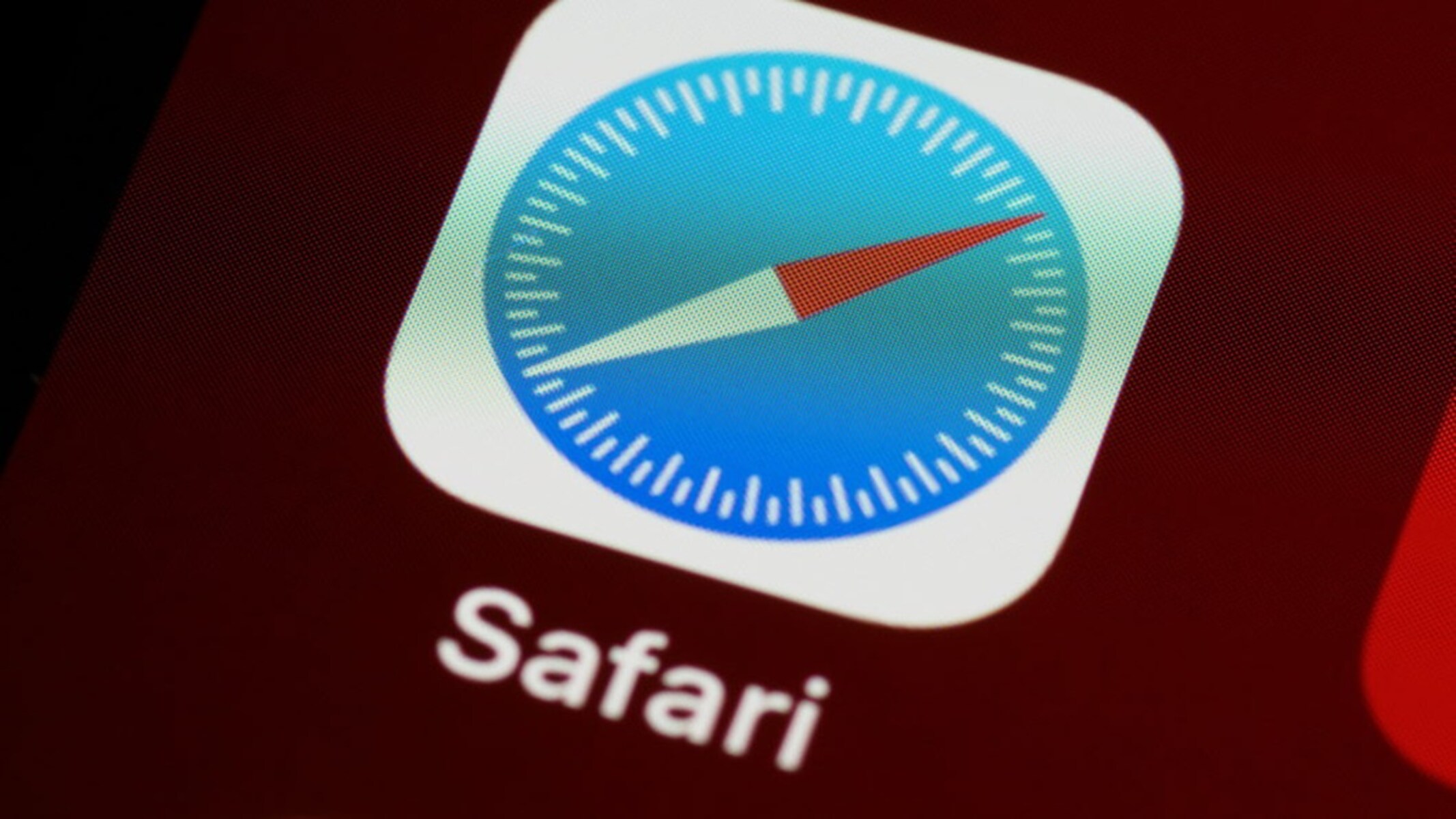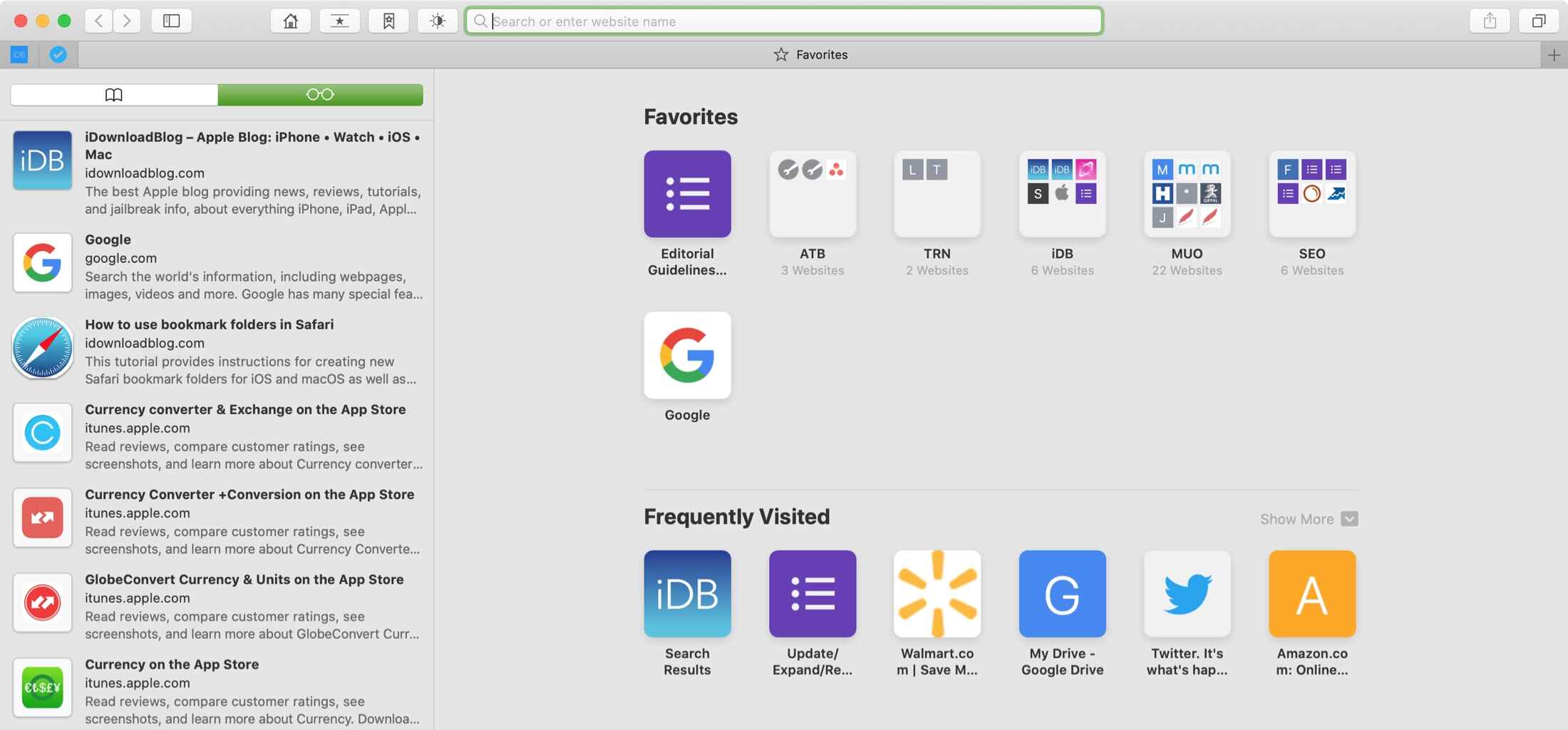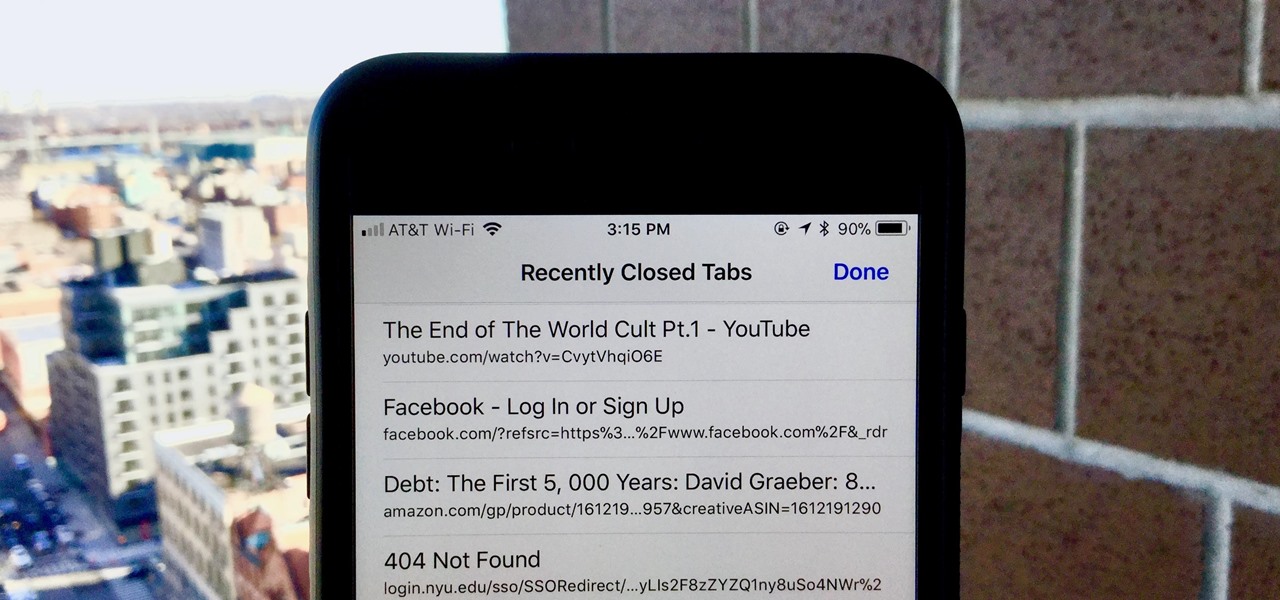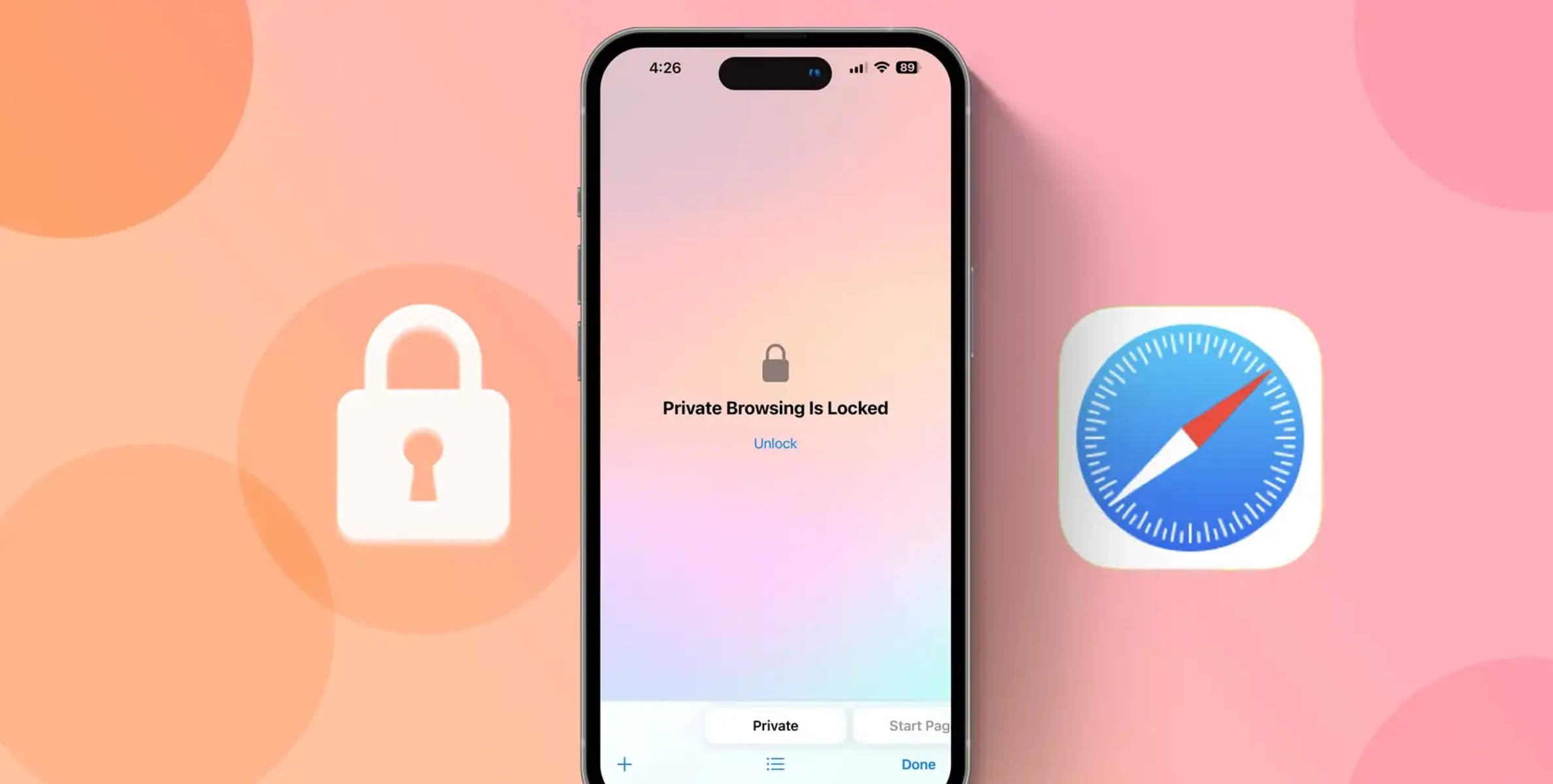Introduction
Syncing your iPhone's Safari browser with your Mac can greatly enhance your browsing experience by ensuring that your bookmarks, reading list, and browsing history are seamlessly accessible across both devices. This synchronization not only saves time but also provides a consistent browsing environment, allowing you to pick up where you left off, regardless of the device you are using.
In this article, we will explore the step-by-step process of setting up iCloud for Safari, enabling you to effortlessly sync your browsing data between your iPhone and Mac. We will delve into the intricacies of syncing Safari bookmarks and the reading list, providing you with a comprehensive understanding of how to ensure that your browsing experience remains consistent and convenient across devices.
By following the guidelines outlined in this article, you will be able to harness the power of synchronization, ensuring that your browsing data is always up to date and readily available, whether you are using your iPhone or Mac. Let's embark on this journey to seamlessly integrate your Safari browsing experience across your Apple devices.
Setting Up iCloud for Safari
To begin the process of syncing your iPhone's Safari browser with your Mac, you need to set up iCloud for Safari. This involves enabling the synchronization of your browsing data through iCloud, ensuring that your bookmarks, reading list, and browsing history are seamlessly shared between your devices.
Here's a step-by-step guide to setting up iCloud for Safari:
-
Ensure iCloud is Enabled: On your iPhone, navigate to "Settings" and tap on your Apple ID at the top of the screen. Then, select "iCloud" and ensure that the toggle switch next to "Safari" is turned on. This enables the synchronization of your Safari data with iCloud.
-
Enable Safari Sync on Mac: On your Mac, click on the Apple logo in the top-left corner and select "System Preferences." Next, click on "Apple ID," and ensure that the "Safari" option is checked. This allows Safari to sync with iCloud on your Mac.
-
Verify iCloud Settings: On both your iPhone and Mac, ensure that you are signed in to iCloud with the same Apple ID. This is crucial for the seamless synchronization of your Safari browsing data.
-
Wait for Synchronization: Once iCloud for Safari is set up on both devices, give it some time to synchronize your browsing data. This process may take a few moments, depending on the amount of data that needs to be synced.
By following these steps, you can seamlessly set up iCloud for Safari, enabling the synchronization of your browsing data between your iPhone and Mac. This ensures that your bookmarks, reading list, and browsing history are consistently accessible across both devices, providing you with a seamless browsing experience.
With iCloud for Safari set up, you are now ready to delve into the specifics of syncing Safari bookmarks and the reading list, further enhancing the integration of your browsing experience across your Apple devices.
Syncing Safari Bookmarks
Syncing Safari bookmarks between your iPhone and Mac ensures that your saved website links are readily accessible across both devices, allowing for a seamless browsing experience. By following the steps outlined below, you can effortlessly synchronize your Safari bookmarks, ensuring that your favorite websites are always at your fingertips, regardless of the device you are using.
-
Enable Safari Bookmark Sync: On your iPhone, open the "Settings" app, tap on your Apple ID at the top of the screen, select "iCloud," and ensure that the toggle switch next to "Safari" is turned on. This enables the synchronization of your Safari bookmarks with iCloud.
-
Verify Safari Bookmark Sync on Mac: On your Mac, open Safari, click on "Bookmarks" in the menu bar, and select "Show All Bookmarks." Next, click on "Edit" and ensure that "Internet Accounts" is selected. Here, you should see your iCloud account with the option to sync Safari bookmarks. Ensure that this option is checked to enable bookmark synchronization.
-
Organize and Manage Bookmarks: Once bookmark sync is enabled, any changes you make to your bookmarks on either device will be reflected across both. You can organize and manage your bookmarks on either your iPhone or Mac, knowing that the changes will be seamlessly synced.
-
Accessing Synced Bookmarks: After enabling bookmark sync, you can access your synced bookmarks on both devices by opening the Safari browser and navigating to the bookmarks section. Your saved bookmarks will be readily available, allowing you to access your favorite websites with ease.
By following these steps, you can ensure that your Safari bookmarks are synchronized between your iPhone and Mac, providing you with a consistent browsing experience. Whether you save a new bookmark on your iPhone or delete an existing one on your Mac, the changes will be seamlessly reflected across both devices, ensuring that your browsing experience remains cohesive and convenient.
With Safari bookmarks successfully synced, you are now ready to explore the process of syncing the Safari Reading List, further enhancing the integration of your browsing experience across your Apple devices.
Syncing Safari Reading List
Syncing the Safari Reading List between your iPhone and Mac allows you to seamlessly access and manage the articles, webpages, and content you've saved for later reading. This synchronization ensures that your Reading List remains consistent across both devices, enabling you to pick up where you left off, regardless of whether you are using your iPhone or Mac. By following the steps outlined below, you can effortlessly synchronize your Safari Reading List, ensuring that your saved content is readily accessible and up to date.
-
Enable Safari Reading List Sync: On your iPhone, navigate to the "Settings" app, tap on your Apple ID at the top of the screen, select "iCloud," and ensure that the toggle switch next to "Safari" is turned on. This enables the synchronization of your Safari Reading List with iCloud.
-
Verify Safari Reading List Sync on Mac: On your Mac, open Safari, click on "View" in the menu bar, and select "Show Reading List Sidebar." Next, click on the "Bookmarks" icon in the sidebar, and ensure that your Reading List is visible and accessible. This confirms that your Safari Reading List is synced with iCloud on your Mac.
-
Save and Manage Reading List Items: Once Reading List sync is enabled, any articles or webpages you save for later reading on either device will be seamlessly synced across both. You can add new items to your Reading List on your iPhone or Mac, knowing that they will be readily accessible on the other device.
-
Accessing Synced Reading List: After enabling Reading List sync, you can access your synced Reading List on both devices by opening Safari and navigating to the Reading List section. Your saved articles and webpages will be readily available, allowing you to continue reading from where you left off, regardless of the device you are using.
By following these steps, you can ensure that your Safari Reading List is synchronized between your iPhone and Mac, providing you with a consistent and convenient reading experience. Whether you save a new article for later reading on your iPhone or mark an item as read on your Mac, the changes will be seamlessly reflected across both devices, ensuring that your Reading List remains up to date and readily accessible.
With the Safari Reading List successfully synced, you have now established a cohesive browsing and reading experience across your Apple devices, allowing for seamless access to your saved content, bookmarks, and browsing history.
Troubleshooting Sync Issues
While the synchronization of Safari browsing data between your iPhone and Mac is designed to be seamless, you may encounter occasional sync issues that disrupt the consistency of your browsing experience across devices. Understanding how to troubleshoot these issues can help you resolve any discrepancies and ensure that your Safari data remains up to date and readily accessible. Here are some common troubleshooting steps to address sync issues:
-
Check iCloud Status: Begin by verifying the status of iCloud services. Sometimes, temporary service disruptions can affect the synchronization of Safari data. You can check the status of iCloud on Apple's system status page to determine if there are any ongoing issues that may be impacting sync functionality.
-
Ensure Stable Internet Connection: A stable internet connection is essential for the seamless synchronization of Safari data. If you are experiencing sync issues, ensure that both your iPhone and Mac are connected to a reliable Wi-Fi network. Unstable or slow internet connections can impede the syncing process.
-
Restart Devices: Sometimes, a simple restart can resolve sync issues. Restart your iPhone and Mac to refresh their systems and potentially resolve any underlying synchronization issues.
-
Update Operating Systems: Ensure that both your iPhone and Mac are running the latest versions of their respective operating systems. Software updates often include bug fixes and improvements that can address sync-related issues.
-
Check iCloud Storage: Insufficient iCloud storage can hinder the synchronization of Safari data. Verify that you have adequate iCloud storage available for syncing your browsing data. If your iCloud storage is full, consider managing your storage or upgrading to a higher storage tier.
-
Reset Safari Sync: If you continue to experience sync issues, you can attempt to reset Safari sync settings on both your iPhone and Mac. This involves disabling Safari sync in iCloud settings and then re-enabling it to initiate a fresh synchronization process.
-
Contact Apple Support: If persistent sync issues remain unresolved, reaching out to Apple Support can provide further assistance. Apple's support team can offer personalized guidance and troubleshooting steps to address specific sync-related challenges.
By following these troubleshooting steps, you can effectively address sync issues that may arise when syncing Safari data between your iPhone and Mac. Resolving these issues ensures that your browsing experience remains consistent and convenient across both devices, allowing you to seamlessly access your bookmarks, reading list, and browsing history.
Conclusion
In conclusion, the seamless synchronization of Safari browsing data between your iPhone and Mac enhances your browsing and reading experience, providing a cohesive and convenient environment across both devices. By setting up iCloud for Safari and enabling the synchronization of bookmarks and the Reading List, you have established a unified browsing ecosystem that allows you to effortlessly access your favorite websites and saved content, regardless of the device you are using.
The process of setting up iCloud for Safari involves ensuring that iCloud sync is enabled for Safari on both your iPhone and Mac, allowing your browsing data to be seamlessly shared through iCloud. Once this setup is complete, your bookmarks, reading list, and browsing history are synchronized, ensuring that any changes or additions made on one device are reflected on the other.
Syncing Safari bookmarks ensures that your saved website links are readily accessible across both devices, allowing for a consistent browsing experience. Whether you save a new bookmark on your iPhone or delete an existing one on your Mac, the changes are seamlessly reflected across both devices, ensuring that your browsing experience remains cohesive and convenient.
Similarly, syncing the Safari Reading List ensures that the articles, webpages, and content you've saved for later reading are consistently accessible and up to date. This synchronization allows you to seamlessly access and manage your Reading List items, picking up where you left off, regardless of whether you are using your iPhone or Mac.
In the event of sync issues, troubleshooting steps such as checking iCloud status, ensuring a stable internet connection, and updating operating systems can help resolve any discrepancies and ensure that your Safari data remains up to date and readily accessible.
By following the guidelines outlined in this article, you have harnessed the power of synchronization, ensuring that your browsing data is always up to date and readily available, whether you are using your iPhone or Mac. The seamless integration of your Safari browsing experience across your Apple devices provides a consistent and convenient environment, allowing you to pick up where you left off and enjoy a unified browsing and reading experience.
With your Safari browsing data seamlessly synced between your iPhone and Mac, you can navigate the digital landscape with ease, knowing that your bookmarks, reading list, and browsing history are always at your fingertips, enhancing your overall browsing and reading experience.







